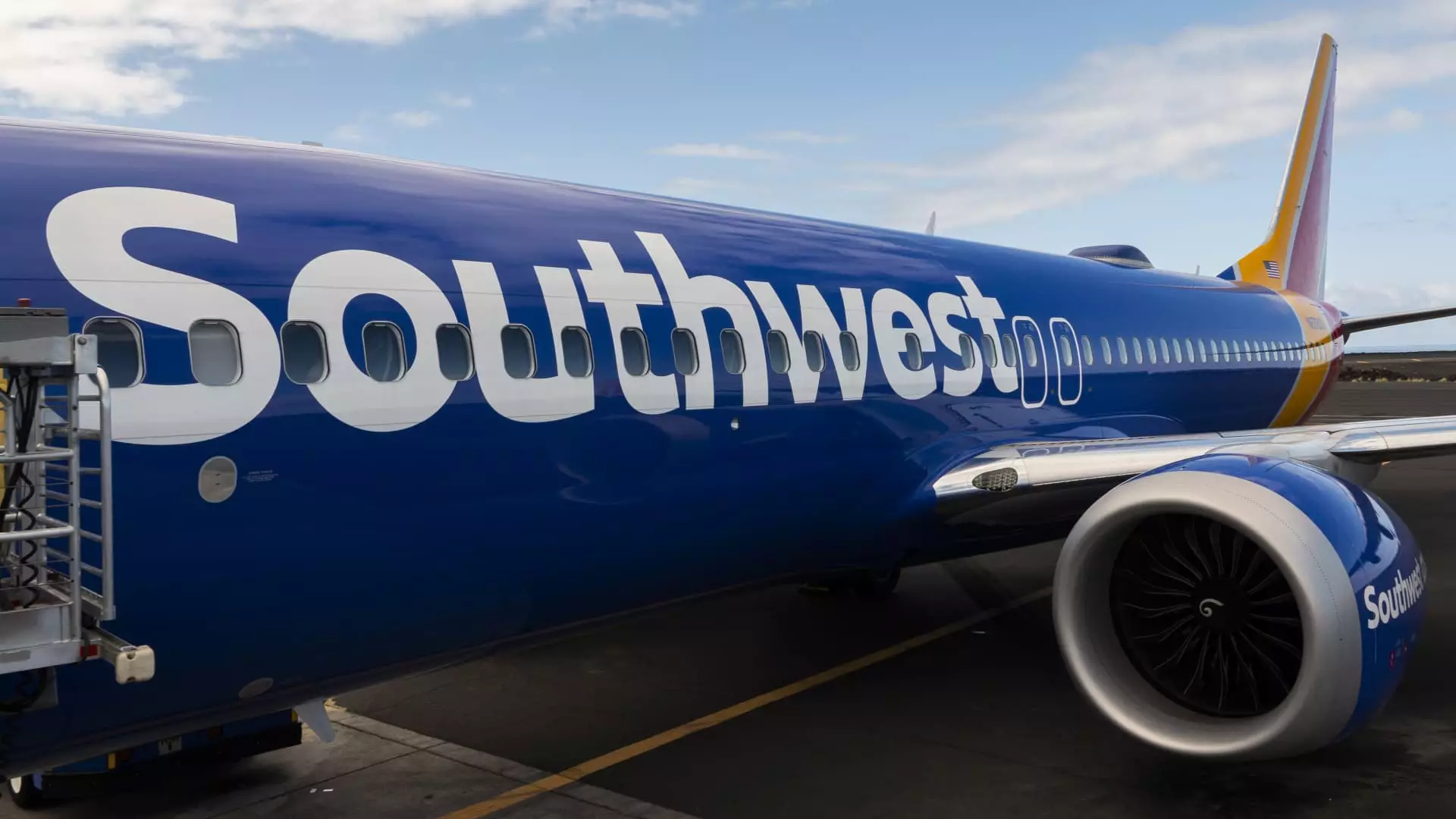Southwest Airlines recently announced a reduction in its second-quarter revenue forecast, which resulted in a 4% decrease in its shares during premarket trading. The airline cited changing booking patterns as the main reason for the revision. Southwest now expects its revenue per available seat mile to decline between 4% and 4.5% in the second quarter, a significant change from the 1.5% to 3.5% decline it had previously estimated.
In addition to the revised revenue forecast, Southwest also stated that its unit expenses, excluding fuel, could increase by as much as 7.5% over the year-earlier period. This is a substantial shift from its previous expectation of no change in expenses. Furthermore, the airline mentioned that its capacity is expected to rise by as much as 9%, a deviation from the flat growth it had initially projected.
The airline industry is currently facing challenges related to higher costs and increased capacity, which have resulted in decreased fares and profits for many carriers. Southwest’s struggles with adapting its revenue management to current booking patterns have had a significant impact on its revenue per available seat mile. While other airlines, such as Delta and United, have seen a positive return to international travel, Southwest is grappling with the need to make strategic changes to remain competitive.
On top of these operational challenges, Southwest Airlines is also facing pressure from activist investors, particularly hedge fund Elliott Management. The fund has called for the replacement of CEO Bob Jordan and Chairman Gary Kelly, claiming that the company is underperforming and in need of new leadership. Despite this external pressure, Southwest has expressed confidence in its current leadership and is exploring revenue initiatives, such as seating assignments and premium seating options, to drive growth.
Southwest Airlines’ struggle to adapt to changing booking patterns and the resulting impact on its revenue forecast highlights the challenges that airlines are facing in the current market environment. While the industry as a whole is experiencing record passenger numbers, factors like higher costs, increased capacity, and evolving customer preferences are putting pressure on carriers to innovate and adapt to stay competitive. Southwest’s ability to navigate these challenges and make strategic decisions will be crucial in determining its future success in the airline industry.

